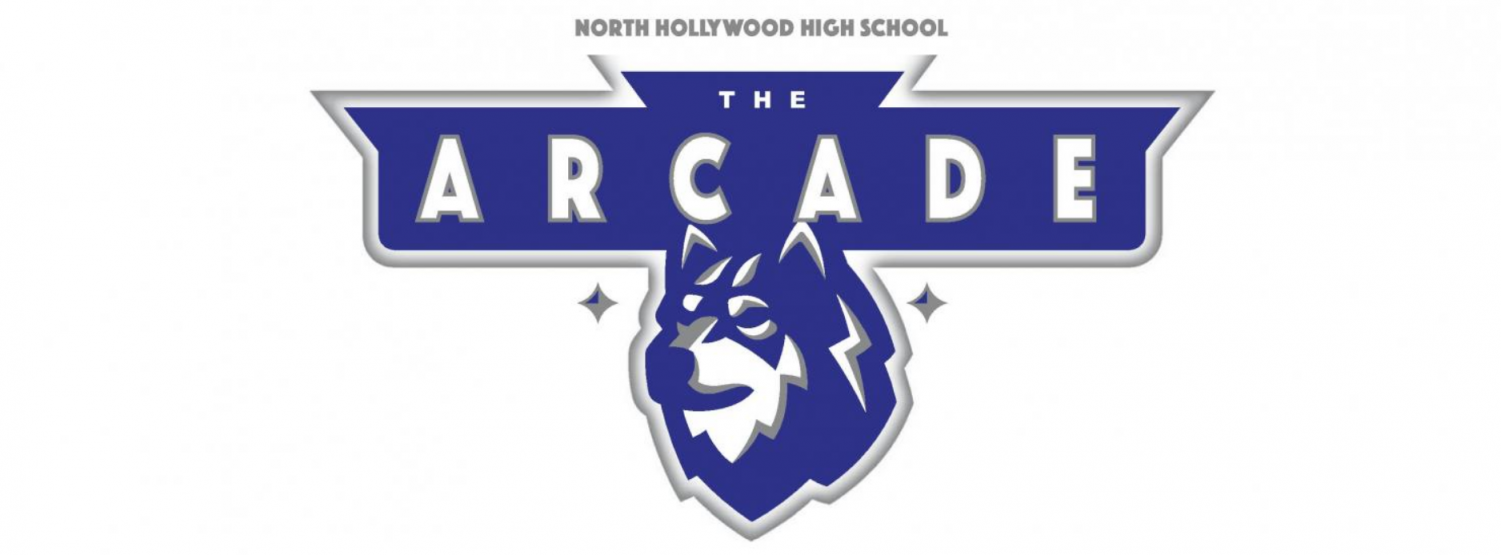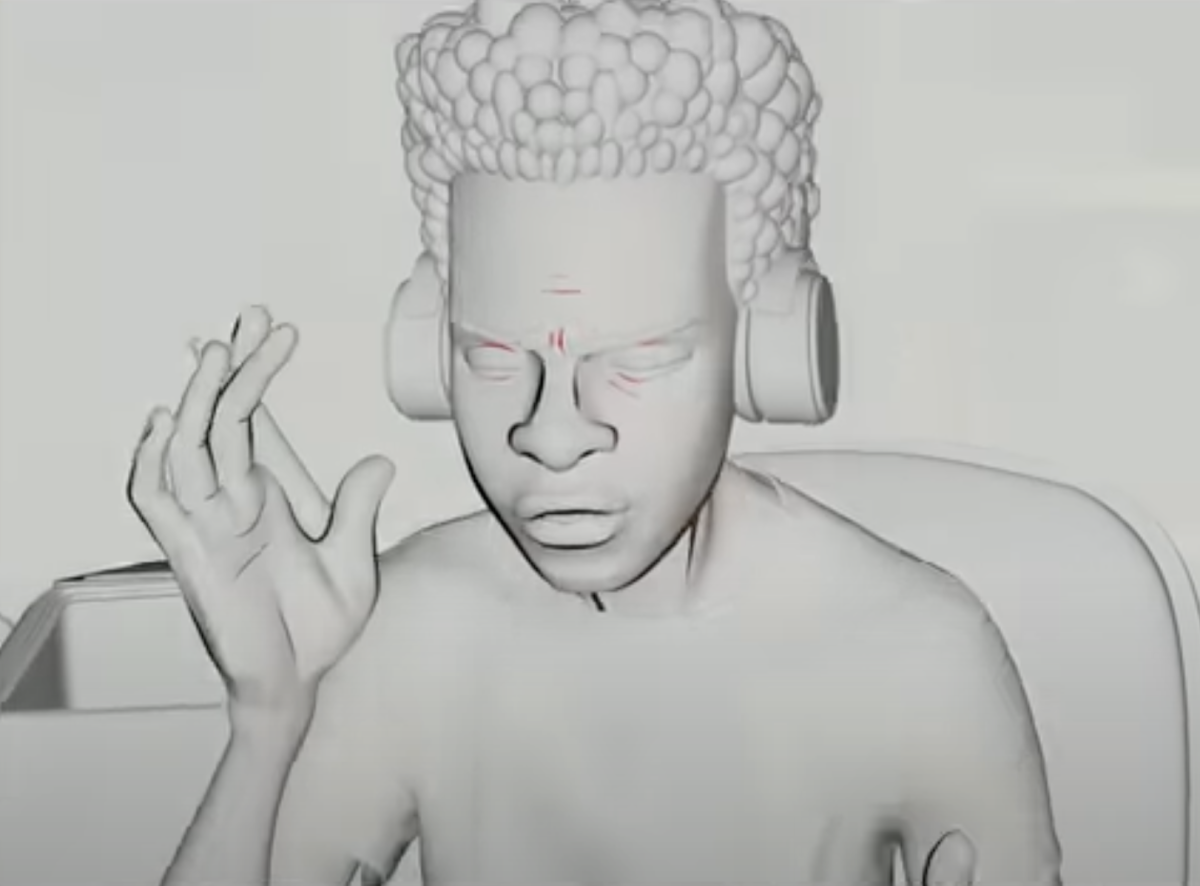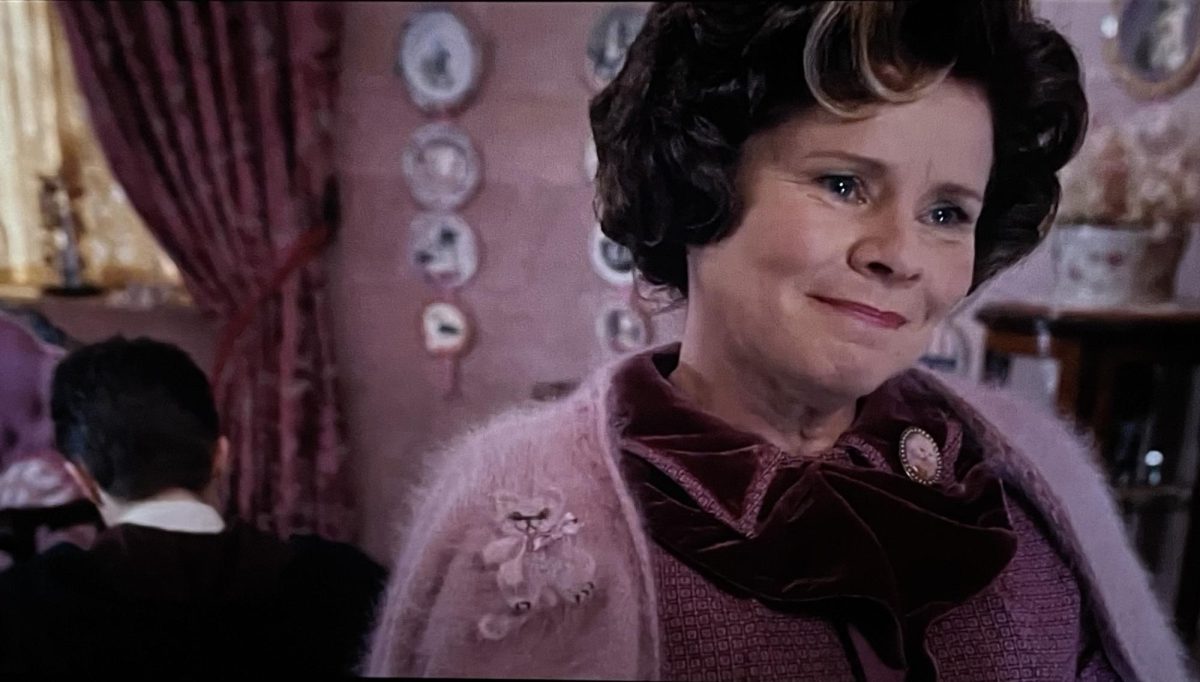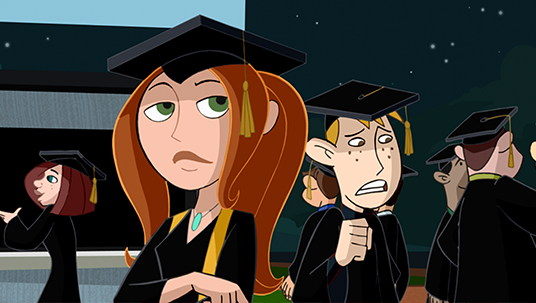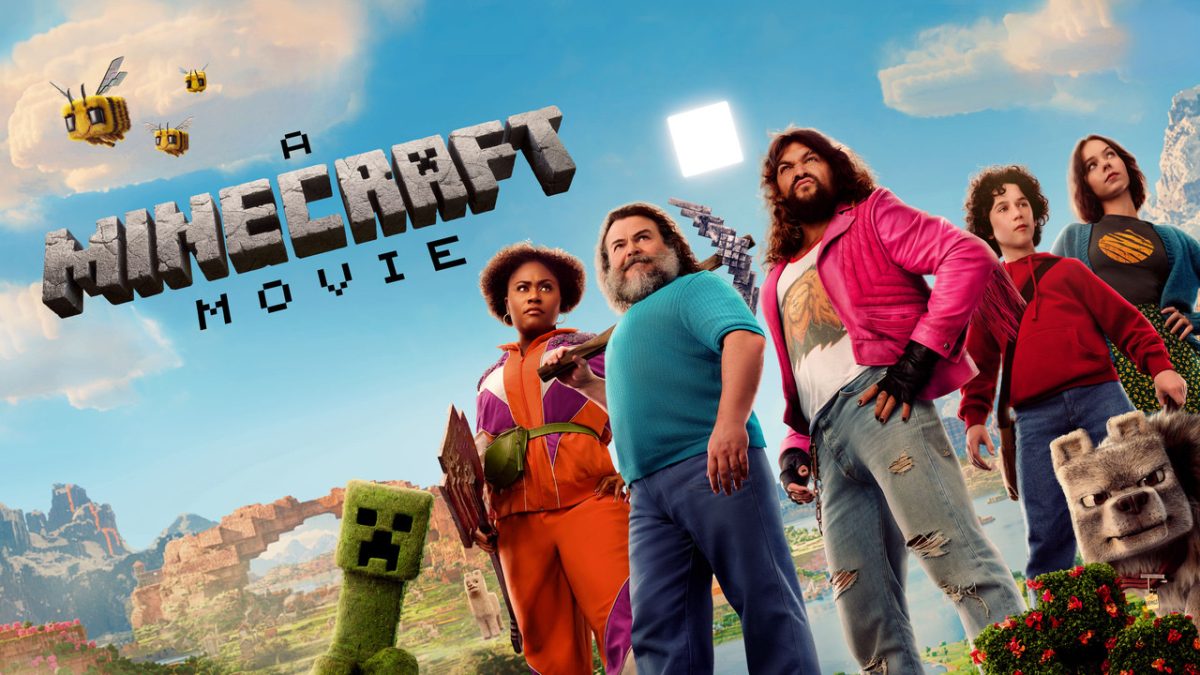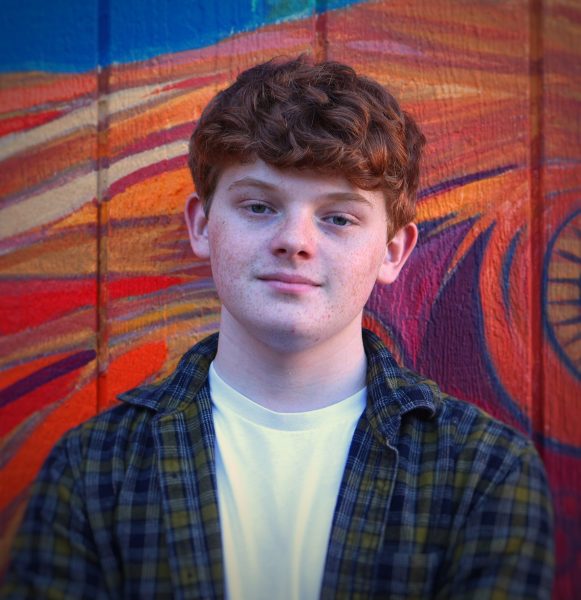In the digital age, resources like Youtube and Google Maps can provide wannabe globetrotters with a glimpse into nearly any location on Earth. But what if you wanted to see a rainswept alley in Tokyo no Youtuber has ever documented? A cliffside Italian church with a white-brick spire that doesn’t exist in real life? Enter the internet’s newest artificial intelligence: Sora.

Developed by OpenAI, the artificial intelligence research nonprofit behind image generator DALL-E and chatbot Chat-GPT, Sora’s capabilities were previewed with the release of dozens of 60-second-long videos online.
The videos showed more than realistic depictions of Tokyo and Italy; everything from the day in the life of a futuristic robot to a surrealistic New York City submerged under hundreds of feet of shark-infested water.
But that’s not all. Sora can also use its generative capabilities on real footage, allowing users to artificially extend any video past its existing length. It can even combine multiple videos at once: In one demonstration, the tool created two clips – a drone shot in the Roman Colosseum, and a butterfly gliding through an undersea coral reef – and blended them into a single, seamless video that transformed one into the other.
Understandably, the reveal has sparked widespread controversy both online and on campus. While some have praised Sora’s groundbreaking photorealistic abilities, many view the development as a worrying opportunity for abuse if not kept in check.
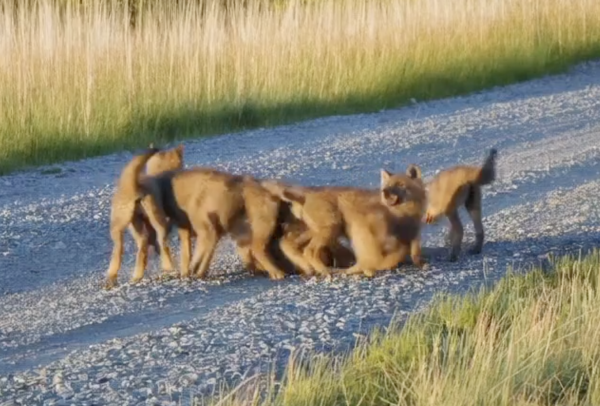
“I think it’s cool, but it’s kinda scary,” says Noho Robo member Joshua Lee.
Of course, Sora isn’t perfect. Still unreleased to the public, OpenAI has been actively working to perfect the tool’s frequent flaws. In one black-and-white video, it generated a man running backward on a treadmill. In another, five wolf pups morphed into a pile and spawned five more out of nowhere.
The organization also makes it clear that safety is a priority, implementing methods to reject violent subject matter and misinformation. While OpenAI has allowed select visual artists and filmmakers to use the technology as a creative tool, Sora likely won’t enter the hands of the public for a few months or more.
Still, Sora marks the latest in a long line of recent developments in artificial intelligence that have transformed public opinion about what the new technology means for the future of film & television.
Debate over the issue was one of the major catalysts for the WGA and SAG strikes last summer, in which thousands of unionized screenwriters and actors protested against their jobs being replaced by new technology like ChatGPT, text-to-speech software, and deepfakes.

The latter technology has especially been a platform for misuse in the years since its adoption by the public. While most have used it for artistic or comedic purposes on social media, the technology’s ability to impersonate people against their will and spread misinformation online has led to its restriction by tech companies like Facebook and Google.
After months of the WGA and SAG strikes, both guilds finally came to a deal last September with major Hollywood studios to prevent AI from dominating the industry. But still, the use of the technology has persisted.
On the one hand, some view AI as nothing more than a tool that can speed up creativity and workflow without sacrificing the need for manpower. For both 2018’s Spider-Man: Into the Spider-Verse and its 2023 sequel, animators used a series of machine-learning algorithms to generate 2D-looking visuals in a 3D space, giving the film its iconic comic-book feel. While hundreds of animators worked on designing backgrounds and animating characters, the AI worked to cover the minute busywork.
“[AI’s] going to just do an imitation of the things that came before it. It’s our job as humans to keep making things new,” says producer Christopher Miller.
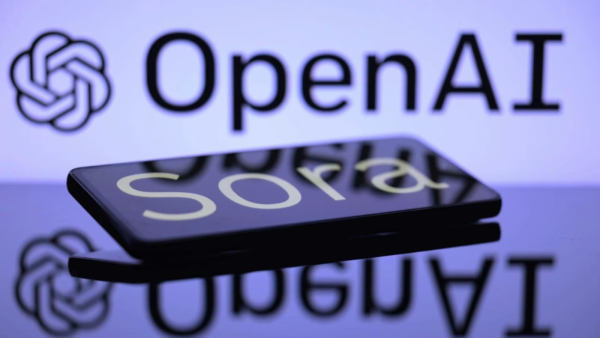
In other art fields, AI has been similarly embraced. Rapper Lil Yachty’s celebrated 2023 album “Let’s Start Here” featured AI art on its cover. And 2024 Japanese novel “The Tokyo Tower of Sympathy” contains about 5% ChatGPT-generated dialogue to voice a chatbot that its protagonist speaks to, but released to critical acclaim.
But others view the use of these tools as a slippery slope. Last month, found footage horror movie Late Night With The Devil released to positive reviews, but received widespread online backlash for its brief use of DALL-E-generated title cards.
Despite the fact that the film completed production before the 2023 strike’s AI-regulatory mandate took effect, many still saw the use as overtly cheap. Instead of hiring a real artist, the film opted for an easier path that wouldn’t cost as much.
But as the most powerful AI media generator to date, able to produce complete and high-quality videos on command, Sora marks the most polarizing artificial intelligence the entertainment industry has ever seen. As technology increases, the 60-second time limit is bound to increase, and the company has stated plans to include audio with generated videos in the future.
Ultimately, the world will have to wait and see. Will artificial intelligence become a helpful creative tool, or a job-stealing crutch? As technology advances and workers fight to protect their jobs, one thing is clear: the debate over AI is far from over.
